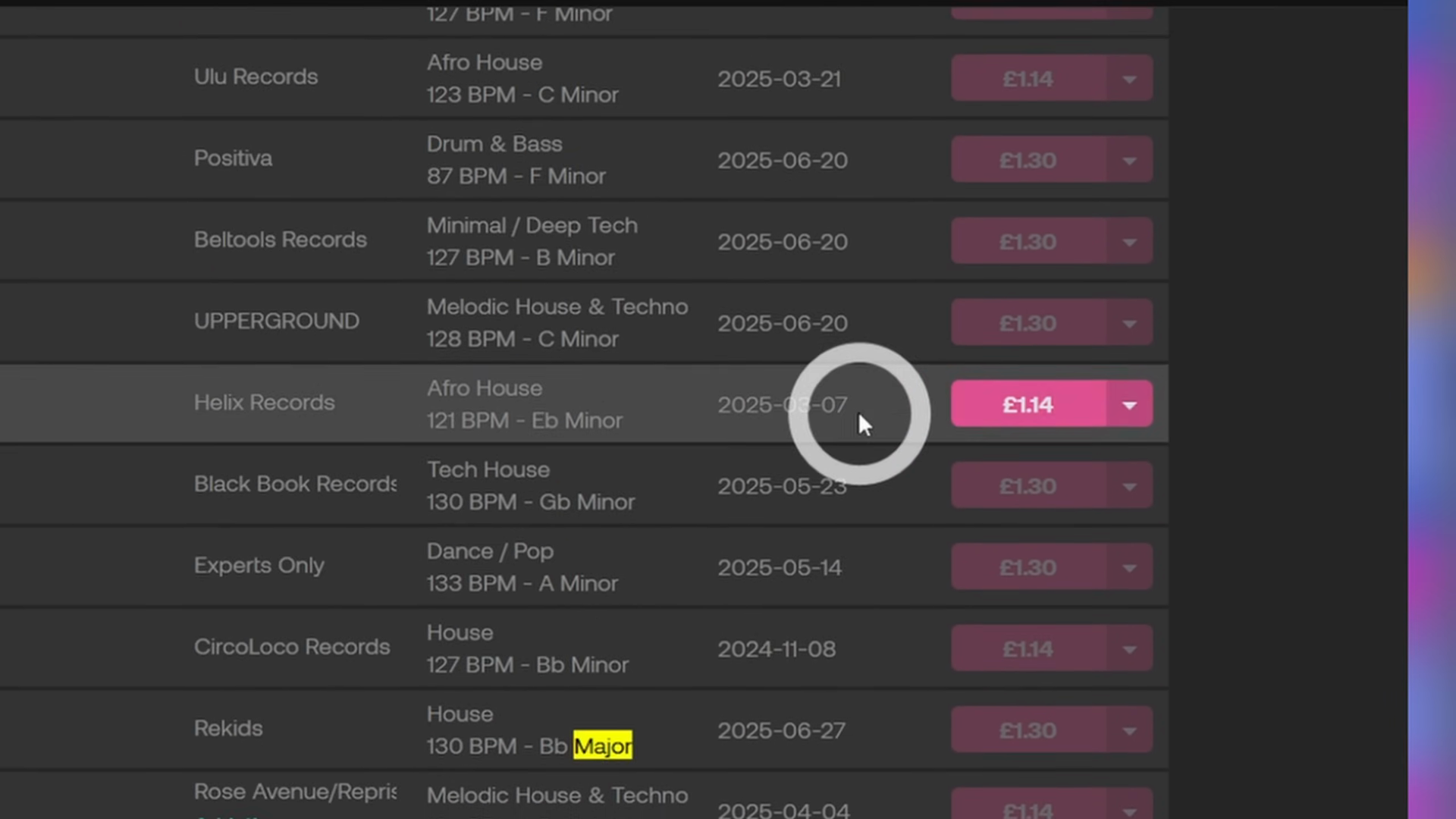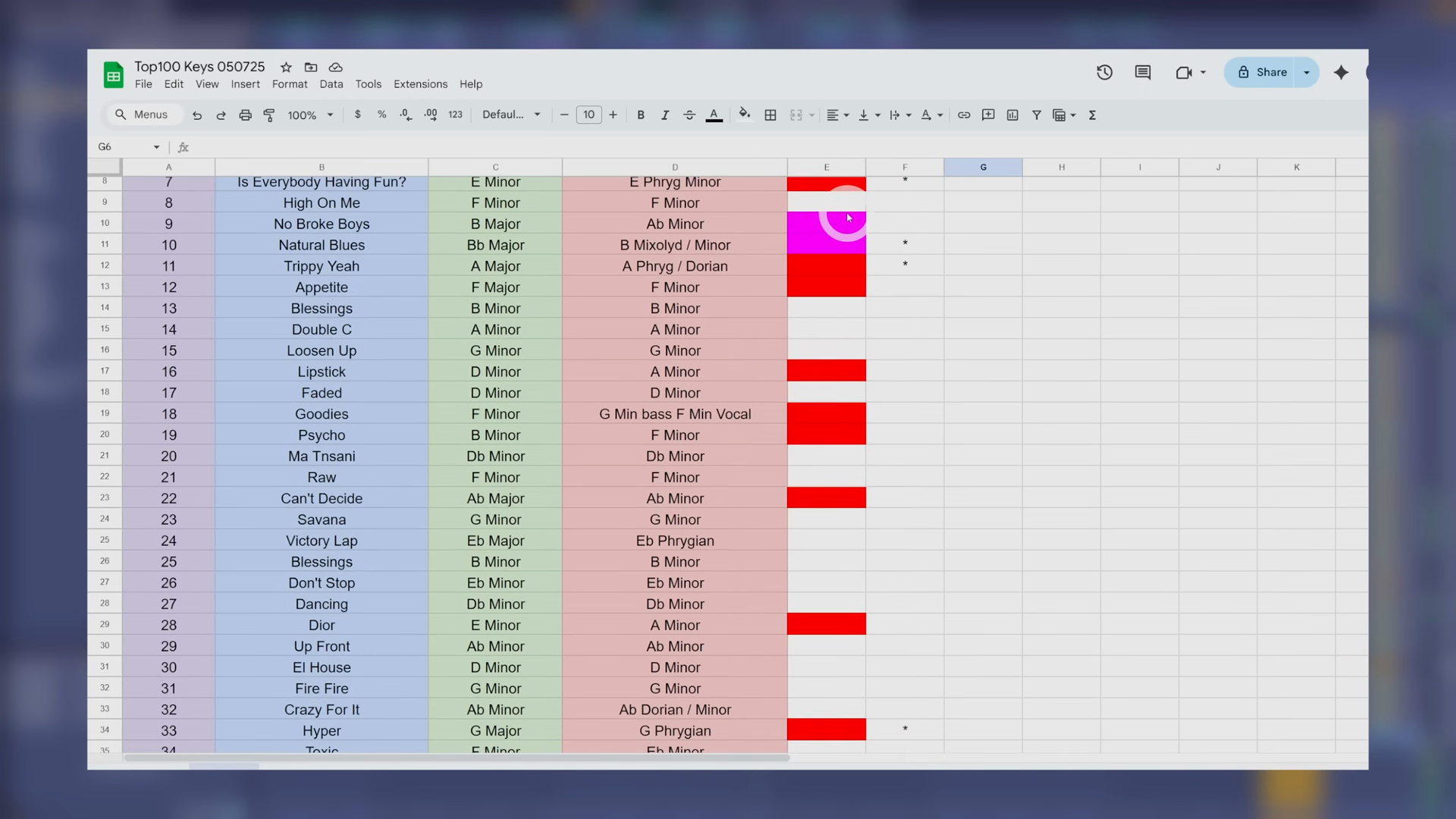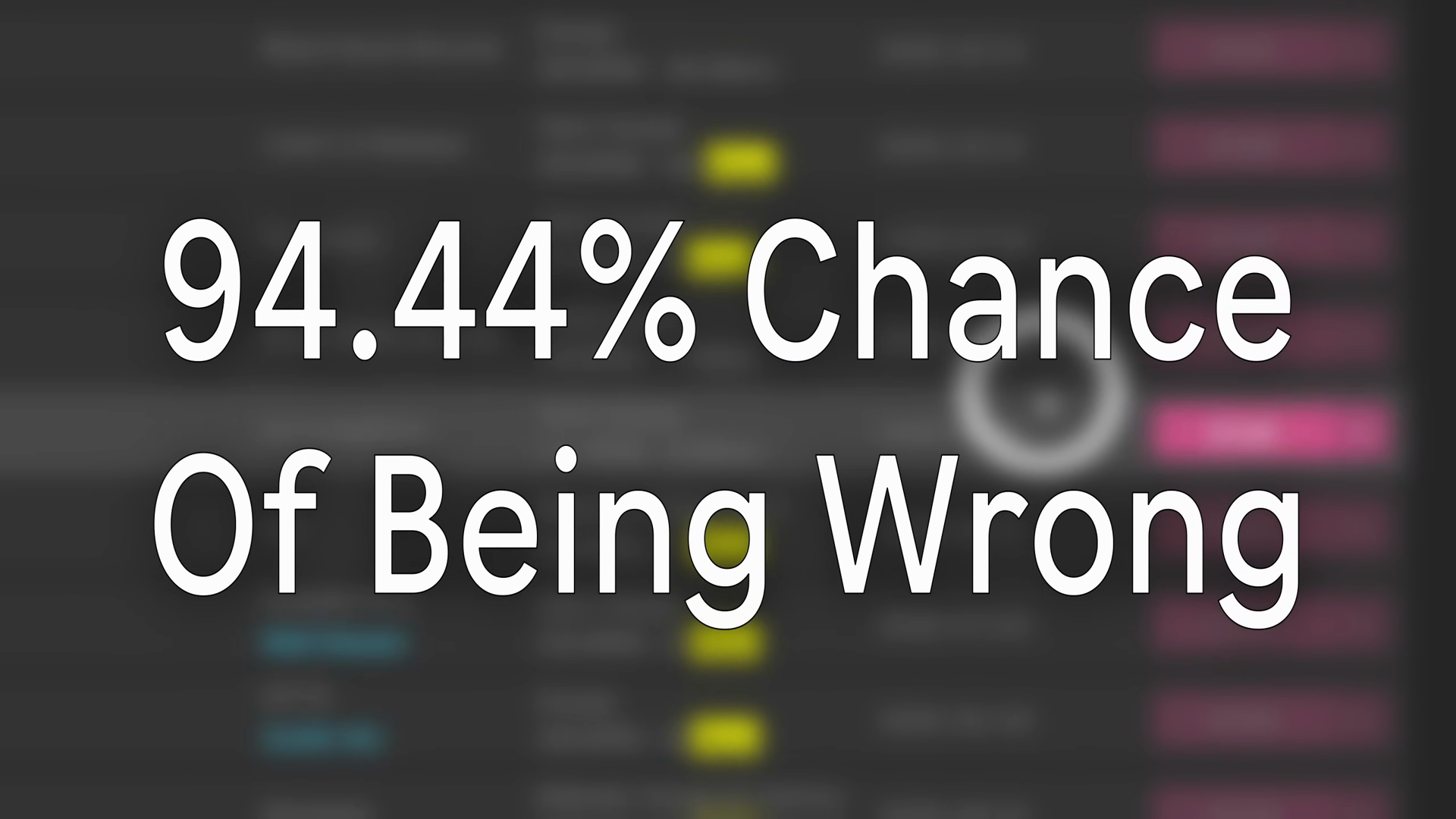Why are Beatport charts hitting the wrong key so often? Bthelick breaks it down, revealing his deep dive into the Top 100 tracks and finding a shocking number of errors. It’s a wake-up call for producers to trust their ears over algorithms.

A Mixtape of Missteps
Bthelick kicks things off by diving into a viewer’s question about the prevalence of major keys in recent music. He quickly debunks the myth, pointing out the reliance on Beatport charts for this misinformation. Right out of the gate, he sets the stage for a deep critique, suggesting that Beatport’s key reporting often misses the mark.
From Sheets to Streets: Exposing the Errors
In true Bthelick fashion, he walks us through his personal analysis of the Top 100 Beatport tracks, painstakingly verifying each key. With “perfect relative pitch,” he exposes a staggering 48% error rate in Beatport’s key reporting—a fact that’s as eye-opening as a broken subwoofer at a gig. For context, the best performance he’d ever witnessed was still wrong 25 times out of 100. Such stark inaccuracies in key detection reveal a deeper flaw in the algorithms used by not just Beatport, but other platforms like Rekordbox and Mixed In Key as well.

"48 out of 100, in fact. That's pretty bad, even by Beatport standards."
Deeper than Major and Minor

"The second most common scale used was Phrygian."
Bthelick takes us deeper into music theory, emphasizing the wealth of scales beyond major and minor. He introduces us to modes like Phrygian, pointing out how often these are utilized in tracks today. This musical diversity further challenges key-detection algorithms, which often default to major—a blunder with significant implications for mixing.
The Science Behind Sound Confusion
Continuing his examination, Bthelick drops some serious knowledge on harmonics and musical scales, drawing parallels to streetwise sound tricks. By explaining how algorithms get confused by overlapping tones and harmonics, he unveils why they often get the root key wrong. It’s not a science lesson for geeks—it’s a survival guide for producers navigating the pitfalls of high-tech music tools. He illustrates this with a classic example involving a track in A minor mistakenly identified as E minor due to harmonically rich bass. His expertise turns what might be dry subject matter into a relatable dialogue, as if talking shop over cheap beer with fellow producers.

"Statistically it's over 94% likely to be wrong."
Trust Your Ears, Not the Algorithms
Wrapping up, Bthelick leaves us with a word to the wise: algorithms aren’t king—your ears are. The inconsistent key reporting on platforms like Beatport is a clarion call to producers and DJs to hone their listening skills and not just rely on automated tools. His parting words remind us of the vitality in human touch over digital predictability—urging us to mix with intuition rather than relying solely on tech solutions.